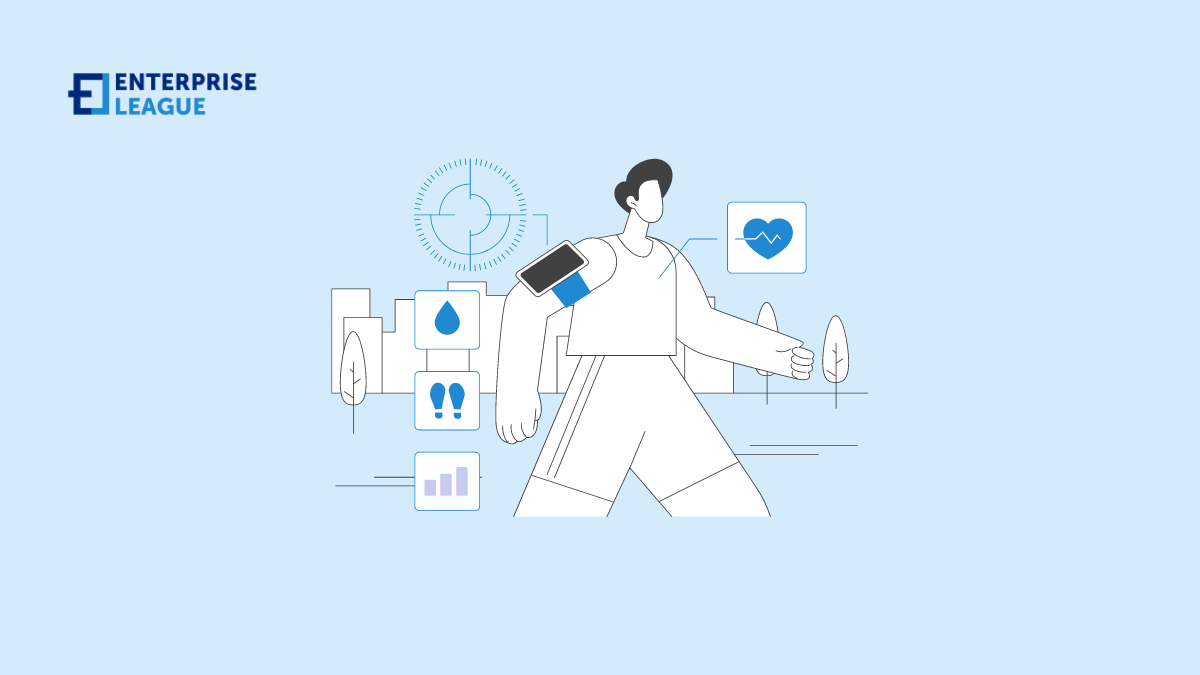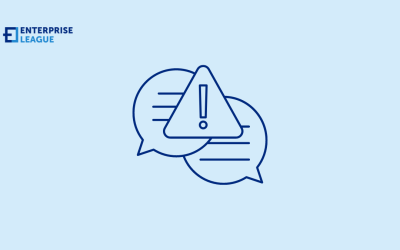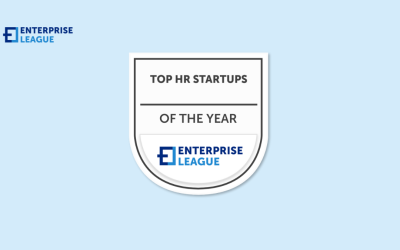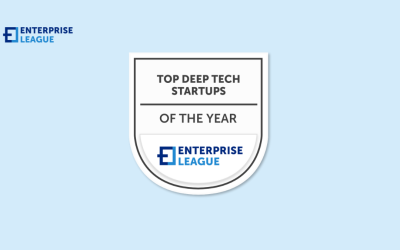Since our population increases, the demand for innovative solutions will also increase. There is a shortage of healthcare workers now, and it will only get worse as fewer and fewer students enter the medical field. This demand will only increase the need for practical solutions. Monitoring devices can reduce the need for a vehicle to get to the doctor, the gas needed to fill the car, the time to get to the doctor’s office, and getting checked in for a routine appointment that could have been performed via telehealth in a fraction of the time.
Doctors who use such technological advances will have the time to treat more care-intensive patients. Long-term use may have an environmental impact, reducing transportation emissions in large cities.
The impact of wearables on personal health
Simply using wearables, such as IoT fitness trackers, will impact your health just by wearing them. Its novelty feel on your skin will constantly have you looking at it. As you notice it, you will likely not be able to resist the urge to check your vitals. How far did you walk today? Are you going to look? No, you will wait until you get home… well, maybe just a peek. And here is where our curious side will win out most of the time. This curiosity has helped usher in this age of electronic gadgets that we live in today. From 2021 to 2024, the number of people using IoT Health wearables has increased from one in five to one in every three people in the United States using wearable technology health devices.
This statistic bears testimony to the lucrative nature of this kind of technology. There are a variety of wearable smart health devices available. There are watches, rings, bracelets, and even contact lenses! Smart health devices are making some healthy activities come across as games, such as wearable health apps like “Zombies Run,” first marketed to Apple users and then made available to Android patrons. This proves that Americans will do just about anything if it is presented as a game.
How wearables keep us connected to our well-being
Most wearables available now can be set up to record various conditions. There really is an app for everything. There is one that reports how long you were in different stages of sleep if you talked in your sleep, and a personal favorite, how much flatulence you experienced. Using a smartwatch, you will check your heart rate, blood pressure, oxygen level, or body temperature every time you look at your watch. This results in subconscious awareness of your body and what you are doing to it. It’s kind of like a fidget spinner for adults.
In addition to the casual wearable devices, there are also IoT medical devices that are more complex:
- Implantable devices
- In-home medical devices
- Remote monitoring systems
Many healthcare IoT solutions are available for just as many needs to keep us cognisant of our well-being. If your physician points out a part of our self-care that we are missing, there is always a device to help us become aware of the omission.
The role of IoT in timely health alerts
Advancements in medical technology have enabled a variety of innovative solutions that can provide timely health alerts and remote monitoring capabilities. One powerful example is the use of Continuous Glucose Monitoring Devices (GMDs), which can transmit real-time glucose readings to a blockchain, ensuring the secure and immediate delivery of this critical health data.
Beyond glucose monitoring, other cutting-edge medical wearables and ingestible sensors are also transforming remote healthcare. Smart contact lenses can track blood sugar levels without the need for finger pricks, while gastrointestinal sensors in pill form can alert users to the presence of ulcers or other digestive issues.
These IoT-enabled medical devices leverage the data provided by wearables and sensors to perform specific, pre-programmed actions. In the case of glucose monitoring, for example, the device can automatically detect dangerously high or low blood sugar levels and prompt the user to take appropriate action, such as administering insulin or increasing sugar intake. This not only helps manage conditions more effectively but can also catch potentially life-threatening situations early on.
The future of health monitoring and IoT integration
Where once the medical field was encouraged to make medicine a generic staple easily digested by less educated members of society, we have now swung the other way. The internet and WebMD have brought almost too much information to consumers and an expectation of quick fixes. IoT and telehealth can come together in this environment and provide a service never dreamt of 30 years ago.
Now, a real-time reminder for a patient to take their medication is a valuable part of any patient’s routine, especially for a busy teen with many demands on their time or a senior who has forgotten. As this industry grows and changes, striking the right balance between innovation and patient protection will be paramount.
Conclusion
IoT wellness monitoring through IoT medical devices will become a necessity rather than a casual convenience. We are entering a technological age where information can be rapidly accessed and acted upon, potentially preventing time in the office or the hospital. An ounce of prevention is worth a pound cure, to be sure. Telemedicine is the way of the future, and healthcare IoT solutions will be a big part of that future.
More must-read stories from Enterprise League:
- Unique and creative guerrilla marketing ideas for small businesses.
- Some of the worst business ideas you should steer clear from.
- Have a look at the best countries to start a business as a foreigner.
- B2B payment solutions that can help you transform your business.
- Find out how having age diversity in the workplace can improve your business.
Related Articles
The role of legal services in business disputes
With the advent of new technologies and the changing legal industry, the role of legal services had changed and become crucial across various business disputes.
21 HR startups with innovative solutions in 2024
Lets take a look at these 21 HR startups that are taking talent acquisition into the future with AI recruitment and innovative approach to remote collaboration.
22 deep tech startups with innovative solutions (2024)
From fusion energy to regenerative medicine, deep tech is pushing the boundaries of what’s possible. These 22 deep-tech startups are shaping the future.
The role of legal services in business disputes
With the advent of new technologies and the changing legal industry, the role of legal services had changed and become crucial across various business disputes.
21 HR startups with innovative solutions in 2024
Lets take a look at these 21 HR startups that are taking talent acquisition into the future with AI recruitment and innovative approach to remote collaboration.






